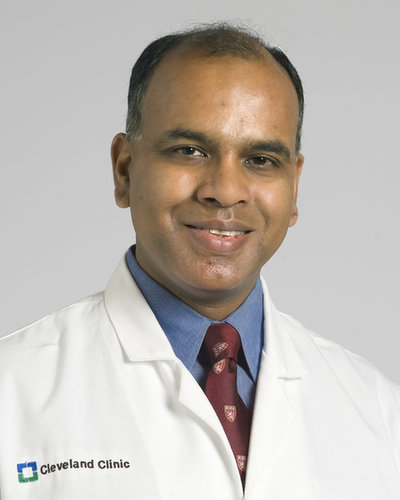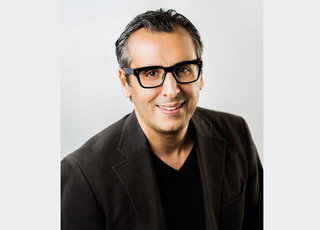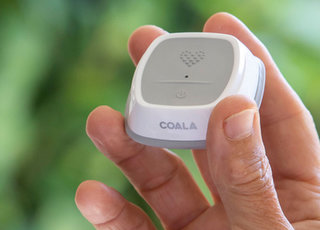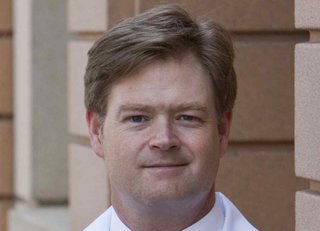Telehealth´s golden moment
By Niraj Varma, MD

Niraj Varma, MD is an electrophysiologist and Professor of Medicine at the Cleveland Clinic, where he practices in the section of Electrophysiology and Pacing in the Sydell and Arnold Miller Family Heart, Vascular & Thoracic Institute. He specializes in the treatment of heart arrhythmias and has a particular interest in ablation for atrial fibrillation and ventricular tachycardia, defibrillator implantation, and biventricular pacing. As a researcher, he has received grants from the American Heart Association and is one of the pioneers of the use of remote monitoring technology, having led a landmark trial evaluating its clinical application. Dr Varma is also a reviewer for several leading medical journals, including New England Journal of Medicine, Lancet, Circulation, Journal of the American College of Cardiology, Cardiovascular Research, Heart Rhythm, PACE, and the Journal of Cardiovascular Electrophysiology
The Covid-19 pandemic has proven that necessity is the mother of invention. Of course, remote monitoring is not a new invention, but its rapid implementation as the de facto system for managing patients with confirmed or suspected arrhythmias was a direct consequence of the contraindications to in-person care resulting from the pandemic.
On one hand, healthcare organizations had to continue providing care for patients but on the other, restrict caregiver contact, to protect both patients and caregivers from the risk of infection and to conserve personal protective equipment. At the same time, patients without coronavirus disease but under follow-up for cardiac and other chronic conditions had to maintain continuity of care. We needed to actively manage our patients with arrhythmias and those with implanted electronic devices. With entire hospital systems in disease epicentres buckling under the volume of Covid-19 patients needing treatment, a “pressure relief valve” to free up time and human resources had to come from somewhere.
Telehealth and remote patient monitoring have provided solutions to many of these needs. Indeed, their use during the pandemic accelerated and multiplied, demonstrating the value of digitally delivered care to those that until then had been reticent about it. A huge advantage was the reduced need for attaching skin electrodes and cables and frequency of caregiver contacts.
The COVID pandemic saw the use of wireless sensors (eg bracelets) to monitor heart rate, activity, oxygen saturation both as an intensive care tool and as an inpatient monitoring tool in specific situations. For patients admitted to intensive care units, the electronic intensive care mobile telemetry unit has particular value. The data centers that process the collected patient information are usually offsite, but they enable us to monitor large patient volumes and the technology´s algorithms allow us to triage actionable events, which in turn reduces alarm fatigue and directs resources to the patients who truly need them. So RPM has resulted in a significant improvement for intensive care unit management, compared to the community standard.
In the hospital inpatient setting, when conventional telemetry beds were full, we used mobile continuous telemetry –traditionally used in ambulatory settings- to monitor Covid-19 patients who were being treated with repurposed drugs, such as hydroxychloroquine and azithromycin. The experience was instructive even though these agents have subsequently been shown to be largely ineffective against coronavirus disease. Their common potential to prolong the QT interval and provoke ventricular arrhythmia, of interactions with either prior drugs that might prolong the QT interval or additional drugs that might have to be administered in ICU settings, demanded patient monitoring. The gold standard of performing a 12-lead ECG two hours after each dose administration in Covid-19 infected patients was not tenable because of the risk of contamination of the ECG equipment, as well as the risk to the caregiver from continuous and frequent exposure to this group of patients, despite the use of PPE.
So what was done to solve that conundrum? In the ambulatory RPM arsenal there are a variety of continuous telemetry solutions, from Holter event recorders, hardware telemetry, and patch monitors to a range of smart devices that relay data to the cloud for rapid analysis. Given the pressures of Covid-19, these were repurposed for hospital use. These technologies, transplanted from ambulatory care to inhospital environments have been a life-saver, literally, in the care of hospitalized Covid-19 patients.
In the midst of this technological convergence, we have to give credit to regulatory agencies, which have reacted nimbly and permitted those adaptations, such as the use of a six-lead smartphone monitor that measures the QT interval in Covid-positive patients, reimbursement for a virtual consultations, etc. The pandemic also saw the widespread adoption of remote patient monitoring for implantable devices- this practice had already received a class I A recommendation from the Heart Rhythm Society in 2015 (“all patients should be offered RPM”) on the basis of the high-quality, actionable data from many trials–with a reimbursement scheme to incentivize this over scheduled in persons appointments, but uptake had been slow. It took the pandemic to accelerate its adoption and for both patients and clinics to realize the immense benefits that this offered. .
In the Cleveland Clinic and in the department of electrophysiology in particular, we have extensive experience with RPM of implantable devices. Although in the past we have alternated that with on-site monitoring, depending on the patient´s preference, condition and circumstances, now we have taken the next step and shifted almost completely to remote monitoring for implantable cardiac devices.
In a nutshell, the solution across the board has been an adaptation of available outpatient RPM techniques for inpatient and routine follow-up clinical care. One might say that necessity is the mother of adaptation, as well as invention.






